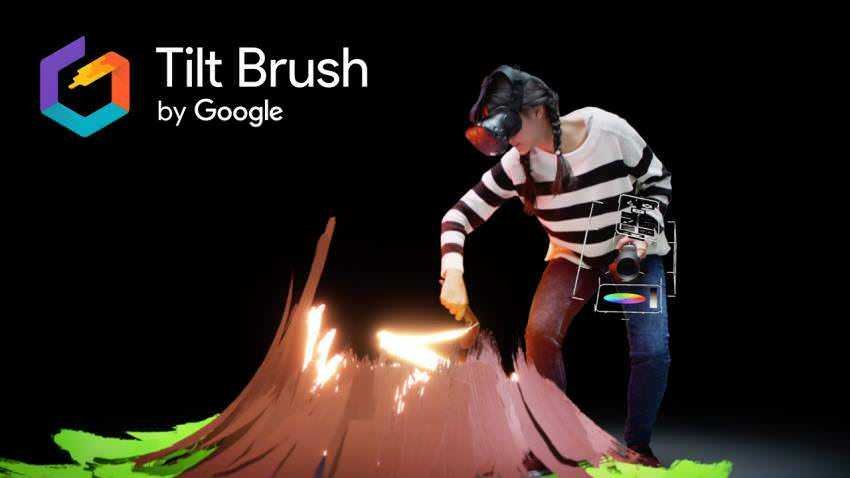Tilt Brush: H device Daydream Her VR Google could be much more useful if there was more 3D content. To meet this need the company has released a new set of tools that will help artists create 3D games, music videos and stories.
Google has already shown us a series of 3D creations developed with the Tilt Brush application, which they released on YouTube for Daydream users to test the features of the device.
https://www.youtube.com/watch?v=HlV6tXQ0JMA
The company originally launched Tilt Brush 3D last April invited dozens of renowned artists to try it out.
There's no place like gnome with Artist in Residence @AlexHirsch in the #TiltBrush Showcase. https://t.co/MTpXbqDRh4 pic.twitter.com/BDq4dSVXLf
- Google AR & VR (@GoogleARVR) January 6, 2017
Continuing, the company opened the Tilt Brush as an open-source toolbox. The applications of the new tool are many, imagine 3D stories, excursions or, for example, animations that react to music.
Google has released the open source code since last year, shortly after the Daydream device was announced, but today it has updated the kit in the GitHub with an SDK for the popular Unity VR / AR game engine
Η documentation provides a series of examples on how to use the tools and create 3D by adding interactive stories, animations that move to the rhythm of music, or turn on a controller to navigate through a scene.
It also has a range of reusable scripts for creating looping animations, teleport between locations within a sketch, and animation timeline.
The toolkit should help Google's ambition to bring mobile VR to the general public with its $80 Daydream device. So far, only the phones The Pixel and Moto Z work with Daydream, but more will soon follow, including the ZTE Axon 7, ASUS ZenFone AR, and Huawei Mate 9 Pro.





